This is certainly one of the most exciting outreach projects I've seen, and the enthusiasm of the staff for this resource is infectious.
I have put some photos on Flickr. If you can go I strongly encourage you do so.
Notes from my experience breeding and studying a wide variety of different invertebrates.
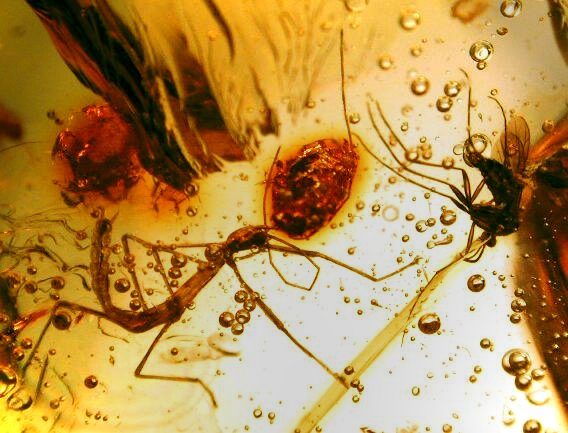

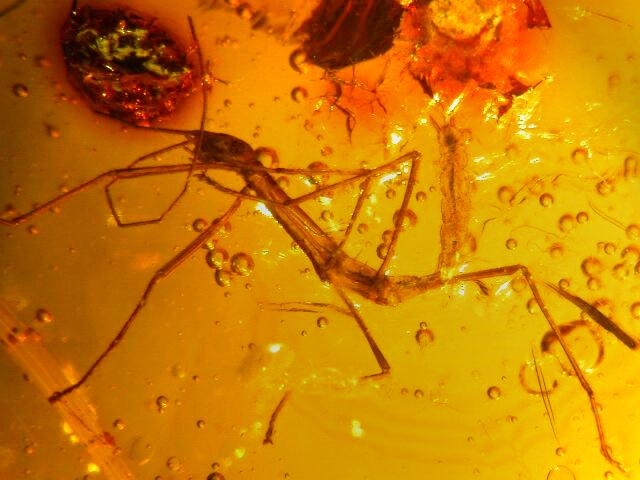

 This week Hojun Song visited the Natural History Museum, London (after also visiting Philadelphia and Paris). Hojun's website (schistocerca.org) has a lot of information on this genus. It's well worth a visit.
This week Hojun Song visited the Natural History Museum, London (after also visiting Philadelphia and Paris). Hojun's website (schistocerca.org) has a lot of information on this genus. It's well worth a visit.
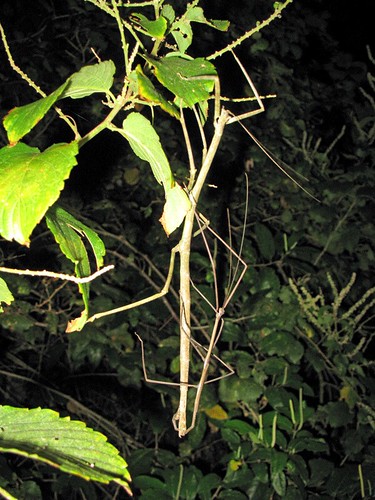
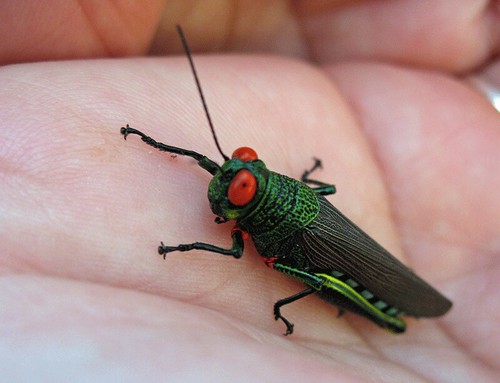
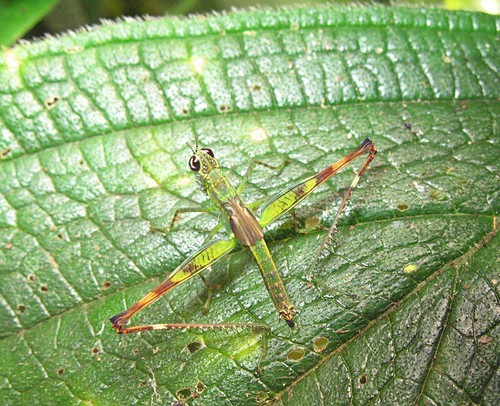



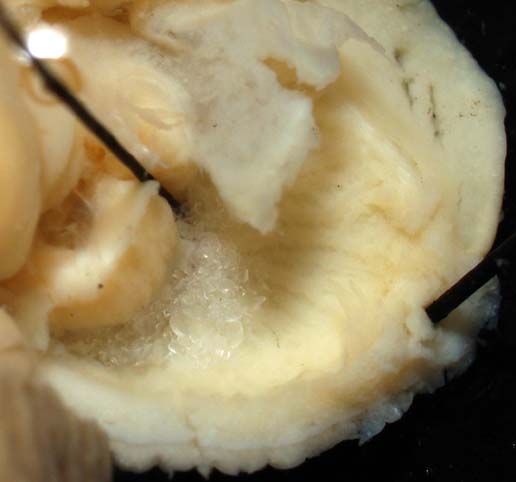

Copyright Ed Baker